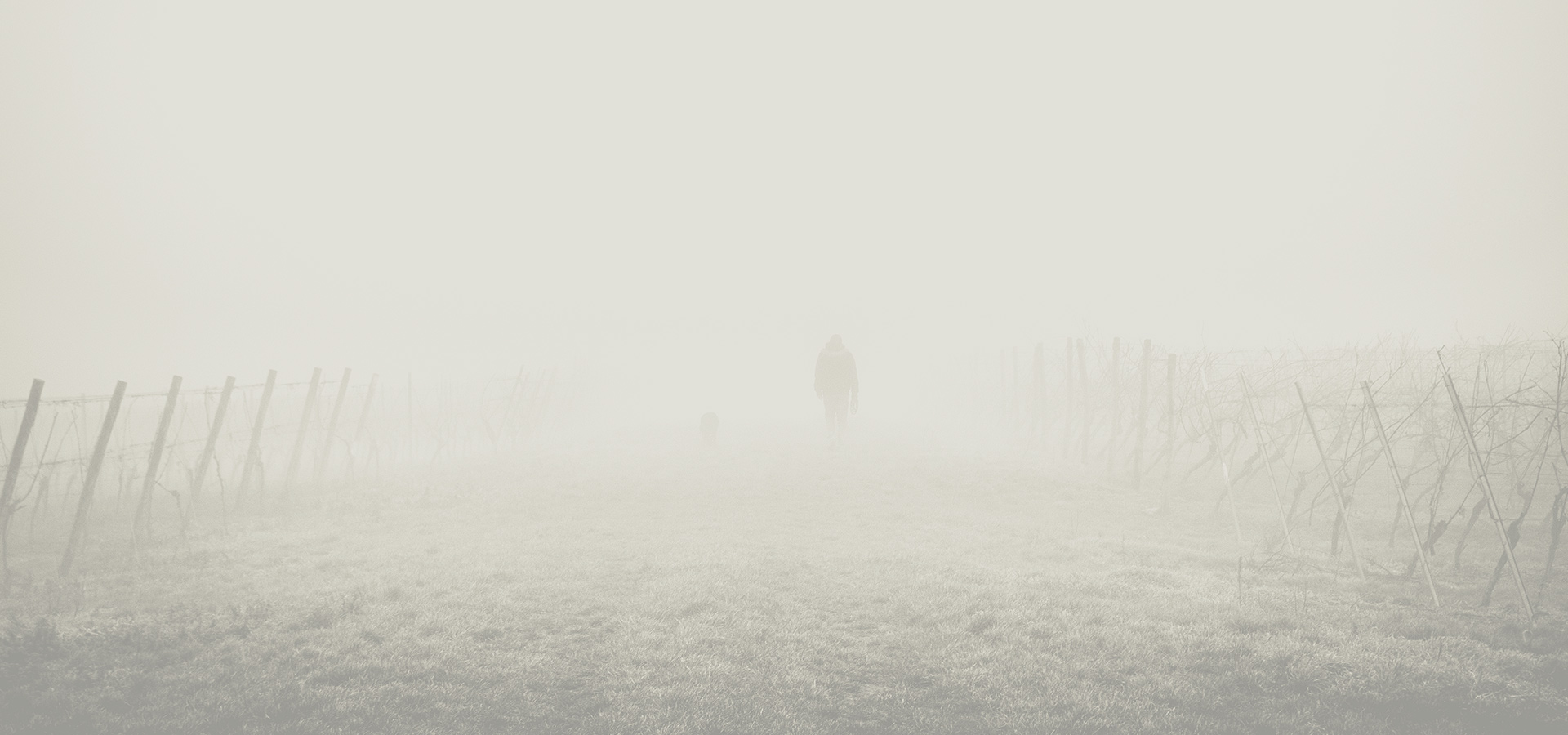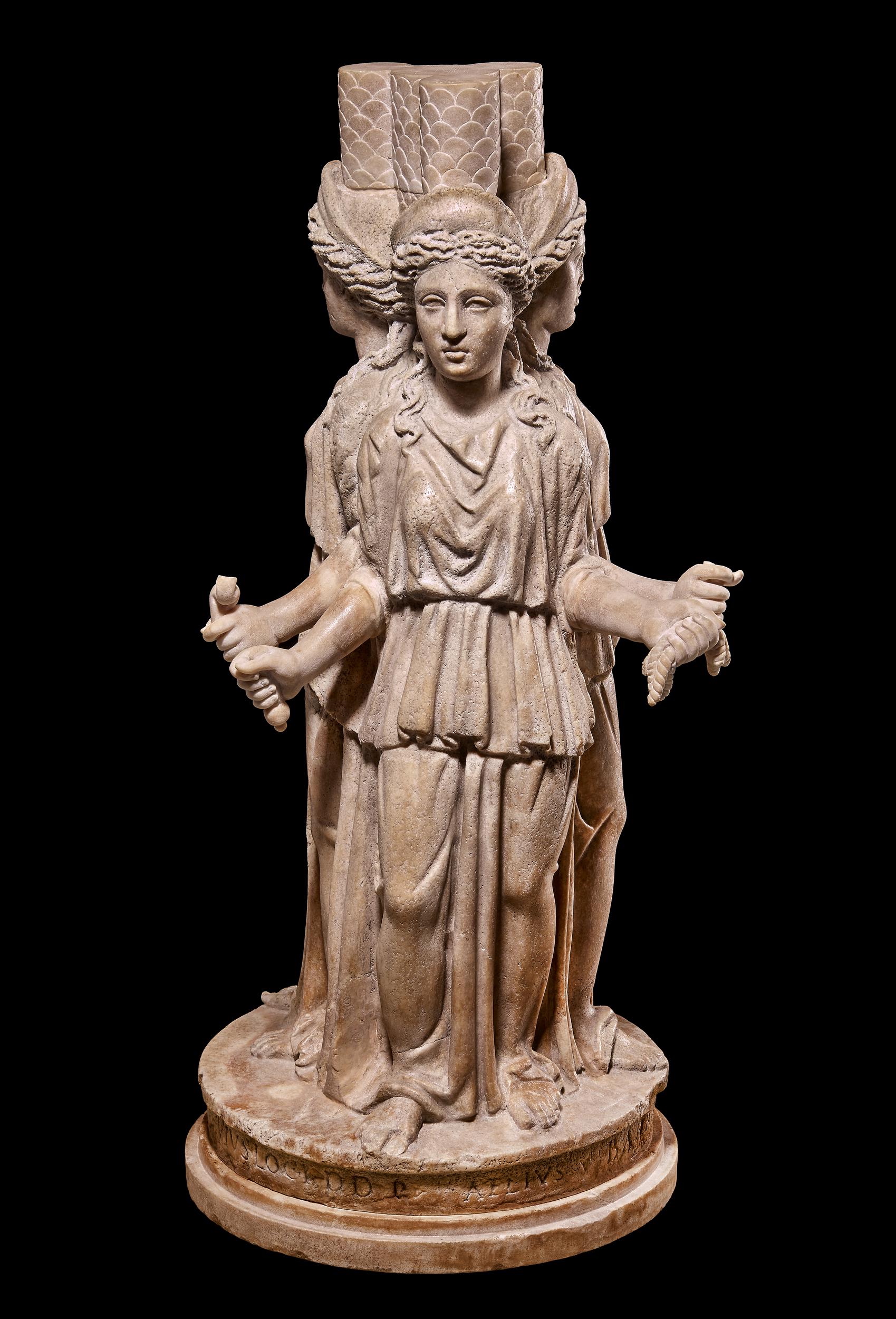Lorem ipsum dolor sit amet, consectetur adipiscing elit. Morbi eu nulla vehicula, sagittis tortor id, fermentum nunc. Donec gravida mi a condimentum rutrum. Praesent aliquet pellentesque nisi.


Europe: Italy: Lazio: Rome (province): Rome (city)Materials marble DimensionsHeight: Height: 0.91 metresInscriptions
Curator’s commentsCook 2013, nr. 27:
Townley’s description:
‘A group, two feet four inches high, of Diana Triformis, formerly in the Giustiniani Pallace. On the base is the following inscription AELIVS • BARBARVS • AVGVSTORVM • LIBERTVS • VILICVS • HVIVS • LOCI • D •D • D•’ (TY 12/3, street drawing room 11).
Part of the arms and of the modius on the head were restored after a bronze example from the Chigi collection in the Capitoline Museum (Bodleian Ms Add D 71, fo. {ch. 353ff.}). The height is there given as two feet six inches; Smith’s more accurate figure is two feet ten inches.
Previously in a vineyard outside the Porta Flaminia at Rome belonging to Cardinal Giustiniani. The inscription was recorded in a manuscript at Ferrara of the period 1598-1633 (for references see CIL VI, 9089).
Bought from Pacilli in 1768 for 130 Scudi (TY 10/1-2; TY 10/3, fo. 2; TY 10/5; ST 1, fo. 3r), rendered as £30 in TY 10/6 and as £25 in TY 10/7.
There is a long discussion of the attributes of each figure in TY 14/1/1.
For a discussion of the type, with bibliography, see Harrison.
Drawings:
* Townley drawing 2010,5006.56.
* Chambers: B. F. Cook, `The Townley Marbles in Westminster and Bloomsbury’, The British Museum Yearbook, 2 (1977), 48-49, figs. 30-31, no.6.
Date:
Dated AD 161-9 by Townley, on the grounds that the name Aelius belonged to Hadrian and L. Verus (TY 14/1/1). Smith’s date of second-third century is more plausible.
II-III AD (LIMC)
Bibliography:
– Synopsis of the Contents of the British Museum (1808) VI.20.
– Ancient Marbles of the British Museum, X, pl. 41, fig. 1.
– A Guide to the Graeco-Roman Sculptures in the Department of Greek and Roman Antiquities (Synopsis of the Contents of the British Museum) (2 vols., London 1874 [2nd ed. 1879] and 1876), I, no. 130.
– Smith, A.H. (1904) A Catalogue of Sculpture in the Department of Greek and Roman Antiquities, British Museum, Vol. III (London), 73-4 no. 1714.
– Harrison, E.B. (1965) Archaic and Archaistic Sculpture, The Athenian Agora XI (Princeton), 86-98.
– Cook, B.F. (1985) The Townley Marbles (London), 12-3, fig. 6.
– LIMC, VI, 1006 s.v. Hekate no. 244.View lessabout curator’s commentsDiana as a threefold deity first appears in the late republic and represents as a new visual type in Italy, in which the figure of Diana the huntress is unified with her appearance as Selene the moon goddess and as Hekate, goddess of the Underworld. The statue type of the three goddesses joined to a pillar with their heads facing in three different directions was one of the earliest images erected by Alkamenes in Athens, on the bastion of the temple of Athena Nike, in c. 425 B.C. (see Fullerton, M. (1990) The Archaistic Style in Roman Statuary, (Brill) pp. 13-21)View lessabout curator’s commentsBibliographic referencesSculpture / Catalogue of Greek Sculpture in the British Museum (1714)CIL VI / Inscriptiones urbis Romae Latinae (9089)Cook 2013 / Documenting the Townley Marbles (n. 27)